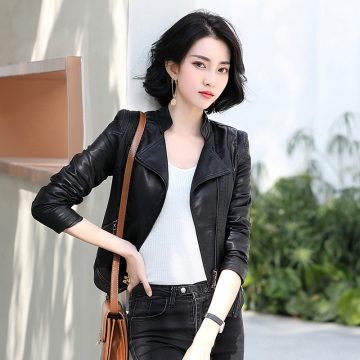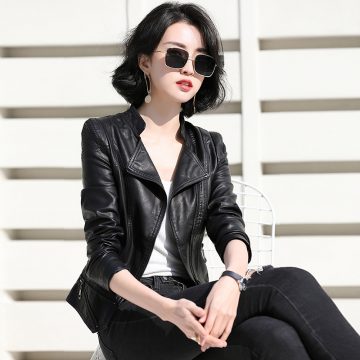Enterprise uniform office professional wear can reflect corporate culture and improve cohesion! For employees, there is also a good hint psychologically. So how do you choose office professional attire that matches your corporate culture and corporate image?
First, the appearance. The product is neat, flat, folded correctly, symmetrical left and right, all parts are ironed smoothly, there is no leakage, no dead folds, the product has no ends, no yarn and hair, and all parts meet the standard requirements. The thread is compatible with the fabric, including color, texture, fastness, shrinkage rate, etc. The two should be roughly the same to ensure the inner quality and appearance quality of the clothing. The color of the button should be commensurate with the color of the fabric.
Secondly, the size. The editor here reminds everyone that we must find an office group professional dress customization company with a design team and a body sizing division!
Again, chromatic aberration. Color difference regulations are requirements for raw materials, that is, requirements for clothing fabrics. According to relevant national standards on color difference, the top collar, bag fabric, and side seams of trousers are the main parts. The color difference is higher than grade 4, and the other surface parts are grade 4. For the color difference inspection of clothing products, the tool is to borrow the “dye fastness fading sample card”. The sample card is one of the national standards formulated by the former Ministry of Textile Industry. The sample card is composed of five pairs of gray standard samples, divided into five grades. Grade 5 means good fading fastness, and the color difference is equal to zero, grade 4 to grade 1 means the degree of fading relatively increasing, and grade 1 means serious.
After sewing. Specify the stitch length of the open thread (including the dark thread with no open thread) in the stitch length density, 14-18 stitches per 3cm. There are many types of fabrics for professional wear for office groups. To ensure the appearance and firmness of the products, different stitch lengths should be selected for different fabrics. For example, the stitch length of hard fabrics can generally be thinner, and the stitch length of soft fabrics can be denser. Straight line means that the lines of each sewing part are not allowed to bend randomly, which must meet the needs of clothing modeling; the lines must be neat, not overlapping, no skipped stitches, no throwing lines, clear and good-looking stitches, and the sewing start and stop stitches must be firm , The length of the lap thread should be appropriate, and there should be no missing stitches or thread off. The elasticity of the stitching should be compatible with the thickness and texture of the fabric. The requirements for symmetrical parts in sewing quality are basically the same.
The final point of the office group professional wear is generous, concise, and strong. Different industries should choose according to their own nature of work when choosing. Different industries also have great differences in the choice of fabrics.








